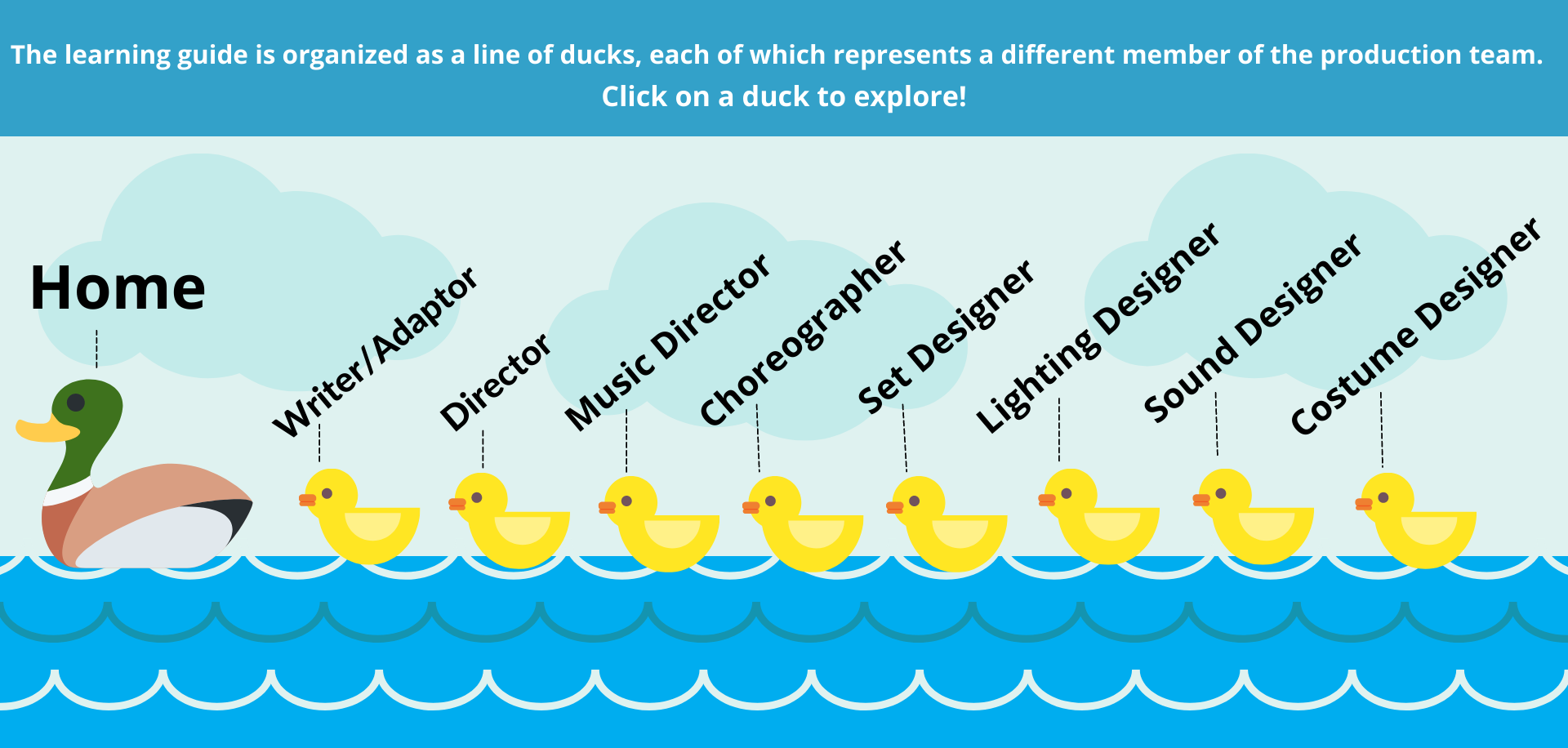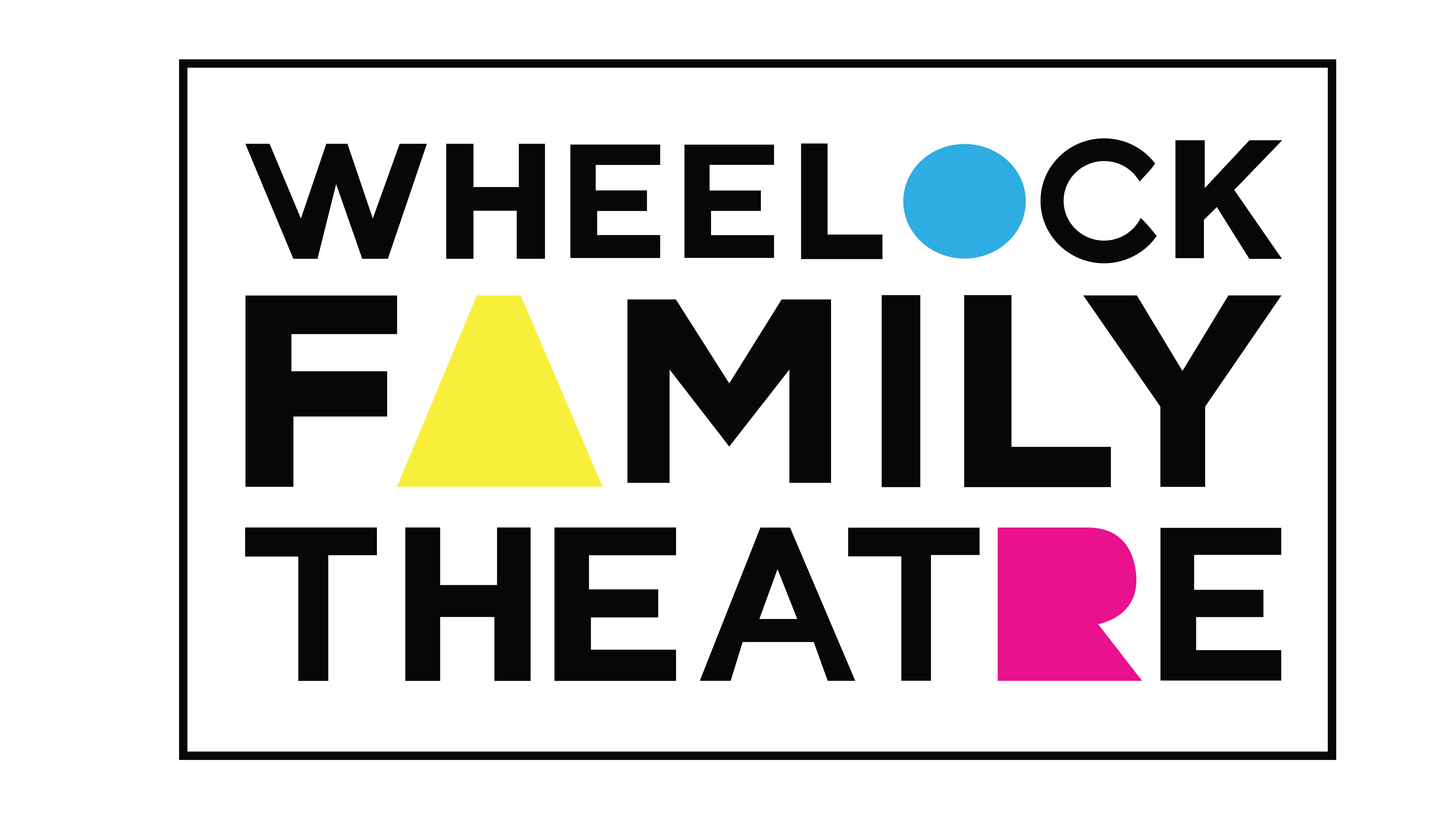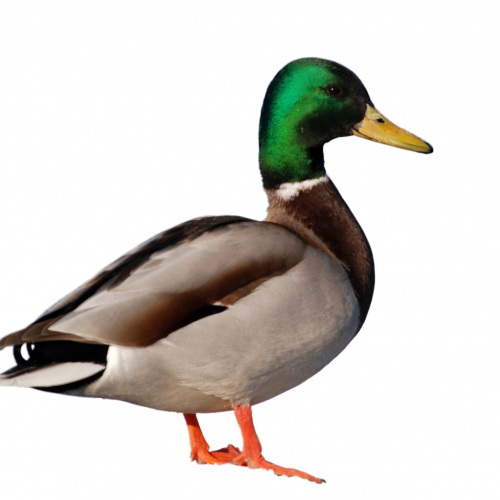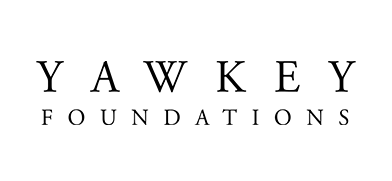
Activities are marked with the following age-range suggestions:
- EE — Early elementary (grades K-2)
- LE — Late elementary (grades 3-5)
- MS — Middle school (grades 6-8)
- HS — High school (grades 9+)
Contact Us
If you have any questions or would like to share how you and your class engaged with the VLG, send us an email at WFTEd@bu.edu.

Watch an interview with Sean A. Doyle
Watch a scene from the final workshop that contains a soundscape
This simple activity can be adapted for students of all ages and repeated many times using different soundscapes.
Ask students to listen closely to the sounds in the room around them. Encourage students to close their eyes if they are comfortable doing so, in order to focus deeply on the sensory experience of sound. A seemingly silent room may not be so silent after all!
Provide students with paper and drawing utensils. Ask students to use their imaginations and draw what they hear. Drawings can be entirely abstract or tell a clear story about the sounds in the room.
In pairs, small groups, or the whole class, students share their drawings. Students may offer accompanying descriptions, or you may prefer a silent sharing routine, such as a gallery walk, asking students afterwards what they saw and observed in the class’ artwork.
Repeat in a new location, such as a gymnasium, a busy park or town square, or a wooded meadow.
Repeat with specific music playing.
To extend this exercise…
- Have students trade drawings and write stories or poems inspired by each others’ artwork
- Try the exercise backwards, by showing students a work of art and asking them to make or find sounds or music that might pair with that art
The video clips below explore the impact of removing or changing underscoring music in iconic movie scenes. Share one or more of these clips with your class. Be sure to watch each clip before sharing, as some may contain content less suited for younger viewers.
- Jaws – this clip shows a scene without its music and then with its music
- Pirates of the Caribbean – this clip shows the same scene multiple times with different choices for music
- The Lion King – this clip shows the same scene multiple times with different choices for music
- Star Wars – this clip shows a scene without its music
Pose the following question to your class: In the Jaws clip, the host says that the music is key for the scene because there are moments “where the audience has to be told where to go.” What do you think he means by this? Can you identify the moments in this clip or others where the music conveys information to the audience?
Use one or more of these clips as discussion starters for the way that sound design, especially musical underscoring, helps tell a story.
Experiment with playing different choices for background music while watching scenes from Make Way For Ducklings. How does the meaning or intention of the scene change as you swap in different musical pieces?
Using a music curating app such as Spotify, ask students to build a selection of songs, or a playlist, that describes a character. The playlist can either capture a character’s emotional state in a specific moment of the story, or trace the character’s arc from the beginning through the middle and the end of the story.
Students should use songs they know whose titles, lyrics, melodies, and/or instrumentation paint a picture of the character they have selected.
Try it:
- with characters from Make Way For Ducklings, such as Mr. or Mrs. Mallard, Quack the duckling, or Officer Michael.
- with characters students choose from their favorite books, plays, movies, or television shows.
- with characters from a book or story your class is reading or studying together.
In this activity, students use what they have in the environment around them, whether a classroom or their home, to experiment with creating sounds, much like a Foley artist who uses objects to produce sound effects for radio plays.
Start by having students gather a small collection of items from the environment around them. Encourage students to gather materials of different sizes, weights, and materials.
Ask students to begin experimenting with different sounds that can be made with the items they collected, either one item at a time or using items in different combinations. Can you produce a high sound? A low sound? A sustained sound? A spooky sound? A silly sound?
Next, ask students to use these items or others around them to produce specific sounds. What do you have around you that could make the sound of… A thunderstorm? A gentle breeze? A creaking door? Footsteps in gravel? Something breaking? A duck quacking? Car horns honking? A dog barking, a cat meowing, or a bird chirping? A train whistle?
Reflect using any or all of the following questions, or add questions of your own:
- What did you find fun about this exercise? What did you find challenging about this exercise?
- How could you use what you learned in this exercise if you were a sound designer?
- Does this exercise change the way you look at the objects in the world around you? If so, how?
- What do you think would be a very hard sound to re-creating using objects? Why would that sound be particularly challenging?
In this activity, students use their voices and imaginations to bring the sounds of different locations and environments to life.
Brainstorm locations or environments that have lots of different sounds. Examples include a city street, a farm, a forest, a carnival, a thunderstorm, or a schoolyard.
Select one location/environment. Ask students to think about specific sounds you might hear there.
If it is helpful for your group, ask students to close their eyes or look down, so that they are not focusing on looking at each other during the exercise.
When a student has an idea for a specific sound from that location that they could make with their voice or another body part, they raise their hand. With a gesture or a tap, the teacher indicates for the student to start making their sound. Once a student begins making their sound, they continue repetitively until the end of the round. No single student should be so loud that other students cannot be heard.
Add as many sounds as possible for each environment. Encourage students to use sounds or onomatopoeic words, instead of words they would hear people saying in that location.
Once all participating students have started making their sound, let the soundscape continue for about 10 seconds. Then, use an agreed upon word, cue, or gesture to end the soundscape.
After each soundscape, reflect upon what sounds students heard other students making, what moods or emotions the soundscape made them feel, and whether the soundscape brought any images to mind.
Sound designer Sean Doyle describes that sound is a key component of setting both the actual and emotional environments of a play. In this exercise, students attempt to craft an aural environment to pair with a poem.
Select a poem for your class to work with, or provide a selection of poems for students to choose from. Students might also work in pairs or small groups for this activity.
Students use sound cues and underscoring to design a soundscape that begins slightly before, plays during, and extends slightly after a reading of the poem.
First, students should analyze the poem and the story they imagine taking place in the poem. Where does this story take place? What is the emotional tone of the poem? What do I want my audience to see in their imaginations when they hear my soundscape paired with this poem?
Next, students write their ideas for sound cues on a copy of the poem, indicating where sound cues take place, where songs begin or end, or when sounds fade in or out.
Finally, students gather their sounds. Students may use the internet as a resource for finding pre-recorded sounds or music, record sounds they hear around them, or create and record sounds using objects they find.
As an optional step, students may record themselves speaking the poem out loud. This would be especially effective if students are working in a computer program such as Garageband to compile their final product.
Students share their poem soundscapes, either by playing their pre-recorded final product, or by playing each of their sounds as they read through the poem. Pairs and small groups may be beneficial for this project so that one student can read the poem aloud while the other cues the sounds.
Reflect using any or all of the following questions, or add questions of your own:
- What creative choices did you hear in the soundscapes your classmates created?
- What is a specific example of a sound choice that changed or deepened your interpretation of the poem?
- What emotions arose for you as you listened to the poem paired with the soundscape? Are those emotions different from the ones you noticed or felt when simply reading the poem?
- Did any specific settings or stories come to mind as you listened to the poems paired with soundscapes by your classmates? Describe that setting or that story.
- After completing this exercise, how has your understanding of a sound designer’s job developed or changed?




